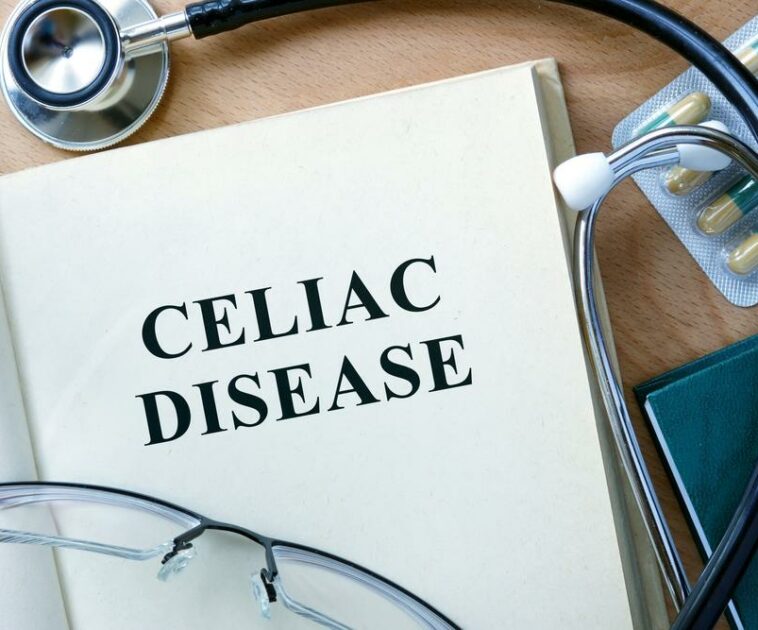Usually, the diagnosis of celiac disease starts with reviewing the medical history and a physical examination. Doctors also perform a wide array of tests so as to confirm the diagnosis. High levels of anti-tissue transglutaminase (tTGA) and anti-endomysial (EMA) antibodies are often detected in people suffering from celiac disease. The accuracy of a test is high as the tests are conducted on patients on a gluten diet.
The common tests for the diagnosis of celiac disease
- Liver function tests
- Cholesterol test
- Complete blood count (CBC)
- Serum albumin test
- Alkaline phosphatase level test
People with dermatitis herpetiformis, doctors may suggest doing a skin biopsy so as to diagnose the disease. A normal skin biopsy includes removal of a tiny piece of skin so as to examine it under a microscope. If the blood tests and skin biopsy both indicate celiac disease, then the doctors might not recommend an internal biopsy.
In certain cases, where the skin biopsy and blood test results remain inconclusive, doctors might ask the patient to undergo an upper endoscopy so as to test for celiac disease. The process of an upper endoscopy includes threading an endoscope (a thin tube with a small camera at the tip) through the mouth so as to reach the intestines. The camera attached to the endoscope lets doctors view the insides of the intestines so that they can check the damage done to the villi. In a few cases, doctors can recommend for an intestinal biopsy in which a small tissue sample is removed from the intestines, which is further analyzed by the doctors.
Treatment options for celiac disease
There is only one way to treat celiac disease, and that is by permanently removing gluten from the diet. This will help in the healing of the villi, which in turn will then be able to absorb nutrients properly. Your doctor will advise you on how to avoid gluten based products and recommend a diet that will suit your lifestyle. You will also be taught how to read a product and food label so that you can identify if any product contains gluten.
The best part is that you can see massive difference days after removing gluten from your diet. As a precaution, you shouldn’t stop eating gluten-based diet until a full diagnosis of celiac disease has been made. The main reason is the absence of gluten in your diet can massively interfere with the test results and can lead to an inaccurate diagnosis.
Foods you should avoid when suffering from celiac disease
Maintaining a fully gluten-free diet is easier said than done. However, there is good news, as certain companies are now specializing in making gluten-free food products. You can easily ask for such products at your local grocery stores. Also, there are specialty stores that only sell gluten-free products. All of such products have a label saying “gluten-free”.
It is important for a person suffering from the celiac disease to know which food is safe for them. People suffering from the celiac disease should avoid the following ingredients:
- Graham flour
- Semolina
- Barley
- Triticale
- Bulgur
- Wheat
- Spelt
- Rye
- Durum
- Farina
You should also avoid sauces (includes soy sauce), self-basting poultry, soups, candy, cereals, imitation meats or seafood, oats, and pasta unless you know for sure that they are gluten-free. Remember to check if products like cookies, crackers, beer, bread, cakes and pies, croutons, gravies, processed lunch meats, sausages, hot dogs, and salad dressings are gluten-free or not before consumption.




















